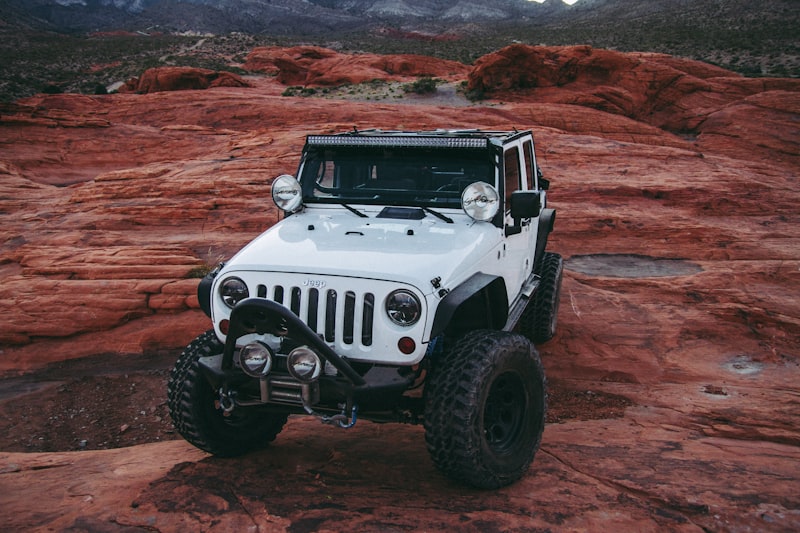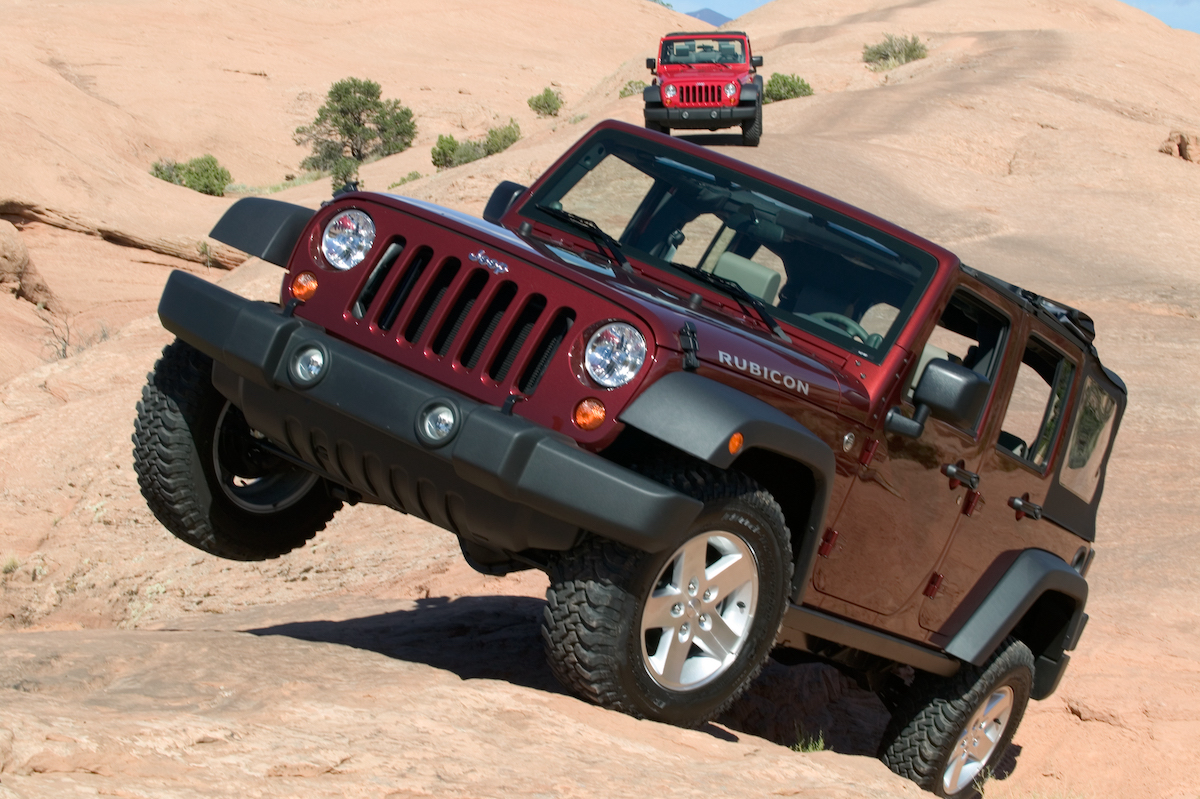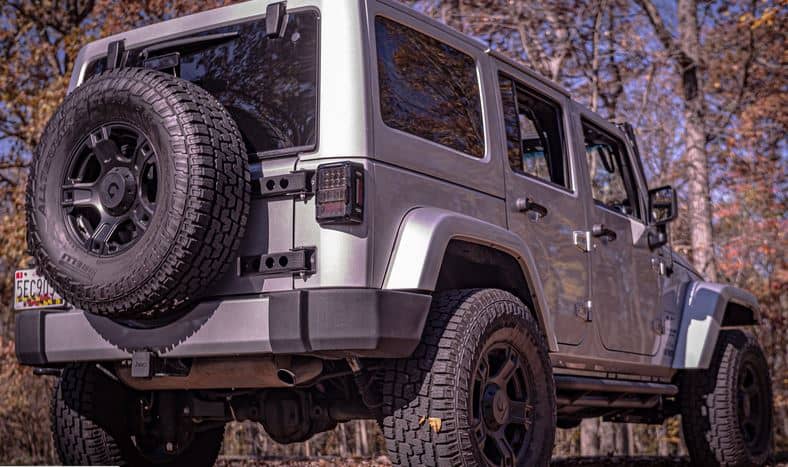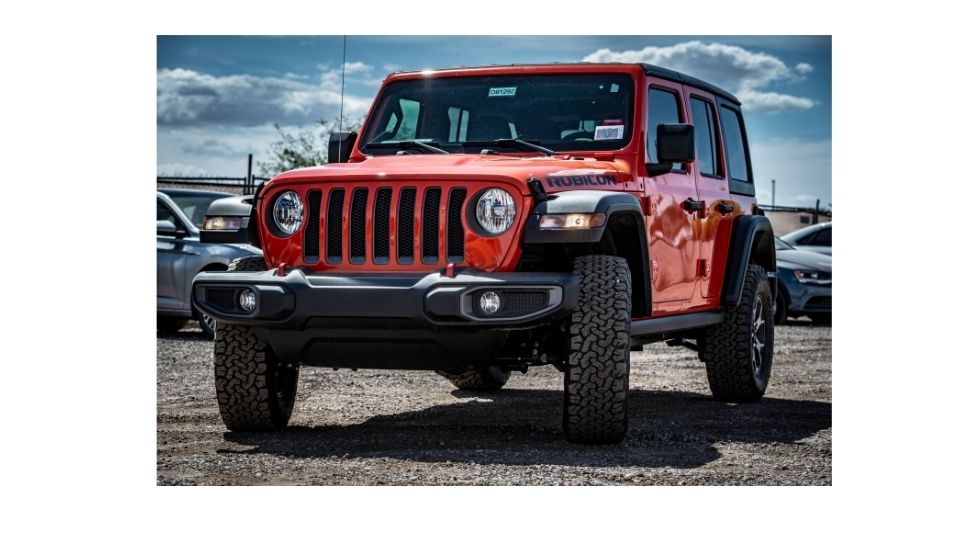Navigating The Jeep Wrangler JK: Years To Consider And Avoid
Navigating the Jeep Wrangler JK: Years to Consider and Avoid
Navigating the Jeep Wrangler JK: Years to Consider and Avoid
Introduction
In this auspicious occasion, we are delighted to delve into the intriguing topic related to Navigating the Jeep Wrangler JK: Years to Consider and Avoid. Let’s weave interesting information and offer fresh perspectives to the readers.
Table of Content
Navigating the Jeep Wrangler JK: Years to Consider and Avoid

The Jeep Wrangler JK, produced from 2007 to 2018, is a beloved off-road icon known for its rugged capability, iconic design, and open-air driving experience. However, like any vehicle, certain model years within the JK generation possess specific strengths and weaknesses. Understanding these nuances can be crucial for prospective buyers seeking a reliable and enjoyable Wrangler experience.
This article delves into the Jeep Wrangler JK model years, highlighting those to consider and those to potentially avoid, providing a comprehensive understanding of the factors influencing their reliability and overall desirability.
Understanding the JK’s Evolution:
The Jeep Wrangler JK underwent significant improvements throughout its production run. The initial years (2007-2009) saw the introduction of the redesigned JK platform, featuring a more powerful engine and a more refined interior. Subsequent years brought further enhancements, including the addition of the Pentastar V6 engine in 2012, the introduction of the Rubicon 10th Anniversary Edition in 2013, and the inclusion of an eight-speed automatic transmission in 2014.
Years to Consider:
-
2012-2018: These years generally represent the most refined and reliable JK Wranglers. The introduction of the Pentastar V6 engine significantly improved performance and fuel efficiency, while the eight-speed automatic transmission offered smoother shifting and better fuel economy. The later years also benefited from various technological advancements, such as the Uconnect infotainment system and the addition of safety features like electronic stability control.
-
2010-2011: These models offer a good balance of affordability and features. While they lack the Pentastar engine and the eight-speed automatic, they still provide a capable and enjoyable off-road experience.
Years to Potentially Avoid:
-
2007-2009: The early JK models, while groundbreaking for their time, may suffer from some initial production issues. These include potential problems with the 3.8L V6 engine, the transmission, and the electrical system. While many of these issues were addressed through recalls and updates, some owners may still encounter these problems.
-
2010-2011: While these models are generally reliable, they may be prone to issues with the 3.8L V6 engine’s oil consumption and potential transmission problems.
Factors Influencing Reliability:
Several factors can influence the reliability of a particular JK Wrangler model year, including:
-
Engine: The 3.8L V6 engine, found in early models, has a reputation for oil consumption and potential transmission issues. The Pentastar V6 engine, introduced in 2012, significantly improved performance and reliability.
-
Transmission: The four-speed automatic transmission used in earlier models can experience shifting issues, while the five-speed manual transmission is generally reliable. The eight-speed automatic transmission, introduced in 2014, offered smoother shifting and better fuel economy.
-
Electrical System: Early JK models may experience electrical problems, particularly with the alternator, starter, and wiring.
-
Maintenance: Regular maintenance is crucial for maintaining the reliability of any vehicle, especially a Jeep Wrangler JK.
FAQs:
Q: What are the most common issues with the Jeep Wrangler JK?
A: Common issues include oil consumption in the 3.8L V6 engine, transmission problems, electrical system malfunctions, and potential issues with the transfer case.
Q: Are JK Wranglers reliable?
A: While the JK Wrangler is generally a reliable vehicle, certain model years are more prone to specific issues. The later years (2012-2018) are generally considered more reliable due to engine and transmission upgrades.
Q: What are some tips for buying a used Jeep Wrangler JK?
A: Research the specific model year thoroughly, check for any outstanding recalls, have a mechanic inspect the vehicle, and negotiate the price based on its condition and mileage.
Tips for Buying a Used Jeep Wrangler JK:
- Thorough Research: Research the specific model year, focusing on known issues and recalls. Online forums and enthusiast communities can provide valuable insights.
- Professional Inspection: Have a trusted mechanic inspect the vehicle before purchasing. They can identify any potential problems that may not be immediately apparent.
- Check Maintenance Records: Request the vehicle’s maintenance records to assess its history and ensure it has been regularly serviced.
- Test Drive: Thoroughly test drive the vehicle, paying attention to engine performance, transmission smoothness, and any unusual noises or vibrations.
- Negotiate Price: Negotiate the price based on the vehicle’s condition, mileage, and any necessary repairs.
Conclusion:
Choosing the right Jeep Wrangler JK model year requires careful consideration of its strengths and weaknesses. While the JK generation offers a compelling off-road experience, understanding the specific issues associated with certain model years can help prospective buyers make an informed decision. By researching thoroughly, seeking professional advice, and paying attention to the vehicle’s condition, you can increase your chances of finding a reliable and enjoyable JK Wrangler.
![Jeep Wrangler Years to Avoid [The Best & Worst Years] – wranglerguide.com](https://wranglerguide.com/wp-content/uploads/2023/08/wrangler-model.jpg)







Closure
Thus, we hope this article has provided valuable insights into Navigating the Jeep Wrangler JK: Years to Consider and Avoid. We appreciate your attention to our article. See you in our next article!